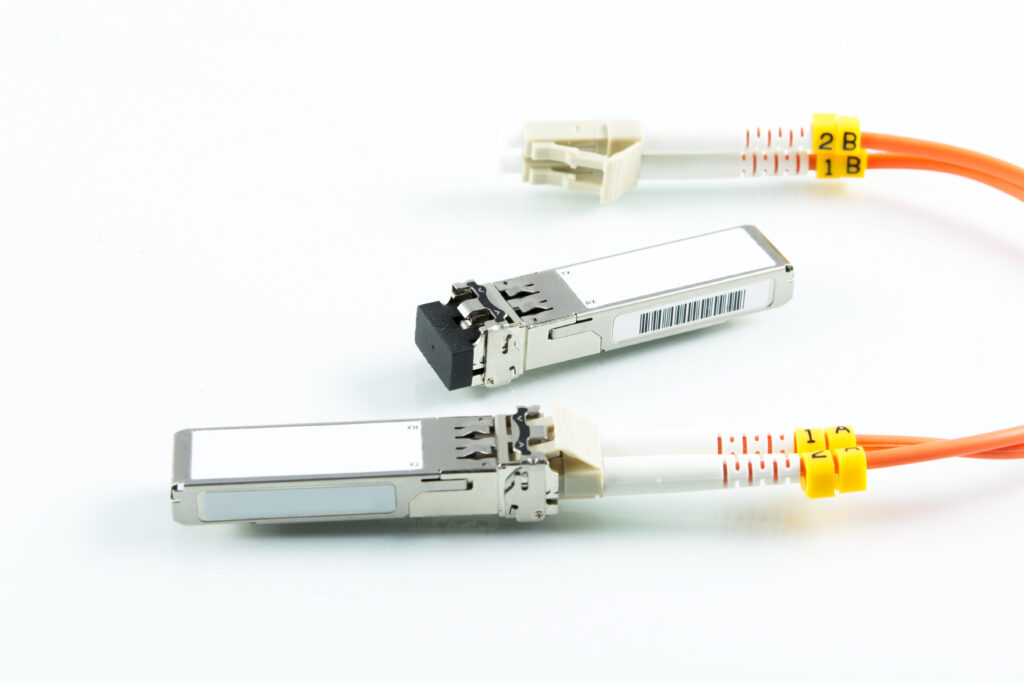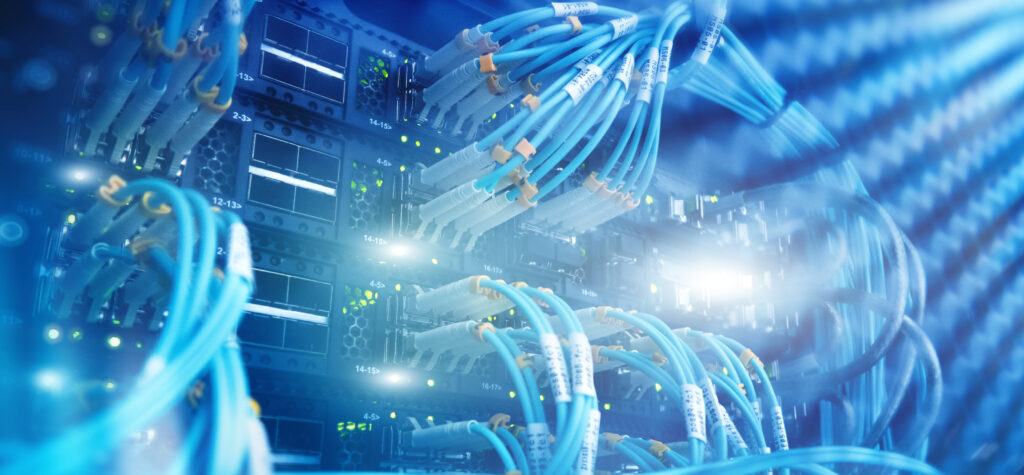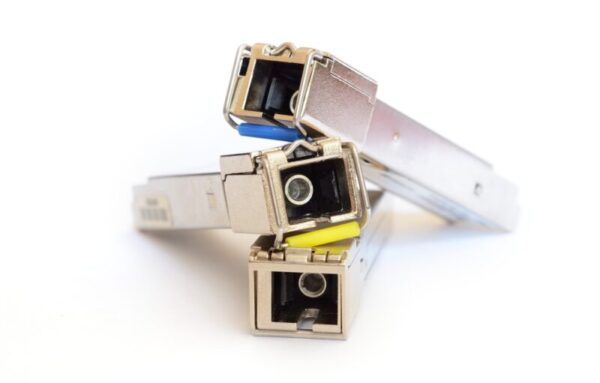The demand for faster, more reliable data connectivity is greater than ever. We rely on high-bandwidth connections for everything from Ethernet internet connectivity to robotic surgery video links to 8K video content. The limitations of traditional copper-based cables and networks have become more apparent. Enter fiber optic technology—a game-changer in the realm of high-speed data connectivity. At the heart of this technology are optical engines, the unsung heroes driving high-speed connectivity.

What is an Optical Engine?
Optical engines are the core components of any fiber optic communication system. They convert electrical signals into optical signals, which are then transmitted through fiber optic cables at the speed of light. Once these optical signals reach their destination, the optical engine converts them back into electrical signals for processing by computers and other devices. Optical engines are the great enabler for fiber optic connectivity.
The Mechanics Behind Optical Engines
Optical engines comprise several key components, including:
Laser Diodes: These generate the light signals that carry data through the fiber optic cables. For links up to about 1000m, a vertical-cavity surface-emitting laser (VCSEL) is typically used as the laser diode source due to its low power consumption and low cost.
Photodiodes: These detect the light signals at the receiving end and convert them back into electrical signals as a photocurrent.
Laser Diode Driver (LDD): This is a chip that converts the modulated incoming electrical signal to a range that is suitable to bias and modulate the laser.
Transimpedance Amplifier and Limiting Amplifier (TIA/LA): This is a chip that converts the photocurrent to a voltage and amplifies it to a suitable level to drive the modulated electrical output.
Fiber Coupling: Once the optical signal is generated, it needs to be efficiently coupled into the fiber optic cable for transmission. The laser diode output must be precisely aligned with the optical engine lenses to couple the light into the core of the optical fiber. This alignment is crucial because even a slight misalignment can lead to significant signal loss. The reverse process occurs from the fiber to the photodiode.
Click here for more fiber optic terminology.
Advantages of Fiber Optic Connectivity, Enabled by Optical Engines
High-Speed Data Transmission
One of the most significant advantages of fiber optic connectivity is the ability to support incredibly high data transfer rates or bandwidths. Unlike traditional copper cables, which are limited by electrical resistance and signal interference, fiber optic cables can transmit data at speeds up to 200 Gbps and beyond. This makes them ideal for applications requiring large bandwidths, such as artificial intelligence, 4K and 8K video streaming, and cloud computing. Optical engines make all this possible by converting the electrical signals to optical and back again.
Enhanced Signal Quality
Optical engines provide superior signal quality compared to their electrical counterparts. The light signals used in fiber optics are less susceptible to interference and noise, resulting in clearer, more reliable data transmission. This is particularly important for critical applications like robot surgery, machine vision, and remote surveillance, where data integrity is paramount.
Longer Transmission Distances
Fiber optic cables can transmit data over much longer distances than electrical signals over copper. Electrical signals experience increased attenuation with distance and frequency, leading to a significant loss of signal. Additionally, the inherent capacitance and inductance in copper cables cause signal distortion, particularly at high frequencies. This distortion manifests as signal reflections and ringing, further degrading the signal quality. Optical fibers do not suffer from capacitance and inductance issues like copper cables. The light signals propagate in the core of the fiber and maintain their integrity over long distances, resulting in minimal signal distortion and higher quality data transmission.
Scalability and Future-Proofing
As data demands continue to grow, scalability becomes a critical factor in fiber optic infrastructures. Fiber cables themselves can support well-beyond 200 Gbps data rates, so that future upgrades can use the same installed fiber infrastructure. Only the optical engines and end-point systems need to be upgraded for new technology nodes, allowing system operators to increase performance without overhauling existing infrastructure. This future-proofing ensures that fiber optic networks can meet the demands of emerging technologies well into the future.

The Future of Optical Engines
As technology continues to advance, the role of optical engines in our digital infrastructure will only grow. Optical engines are the driving force behind the high-speed, high-quality fiber optic connectivity that is transforming our digital landscape.
By enabling faster data transmission, enhancing signal quality, and supporting longer transmission distances, they are poised to meet the growing demands of our increasingly connected world.
As we look to the future, the continued evolution of optical engines will be crucial in shaping the next generation of fiber optic connectivity technology, which is why Inneos is striving to develop enable optical engine technologies for data and video connectivity. In a world where data is king, optical engines are the knights ensuring that information flows swiftly and securely.
